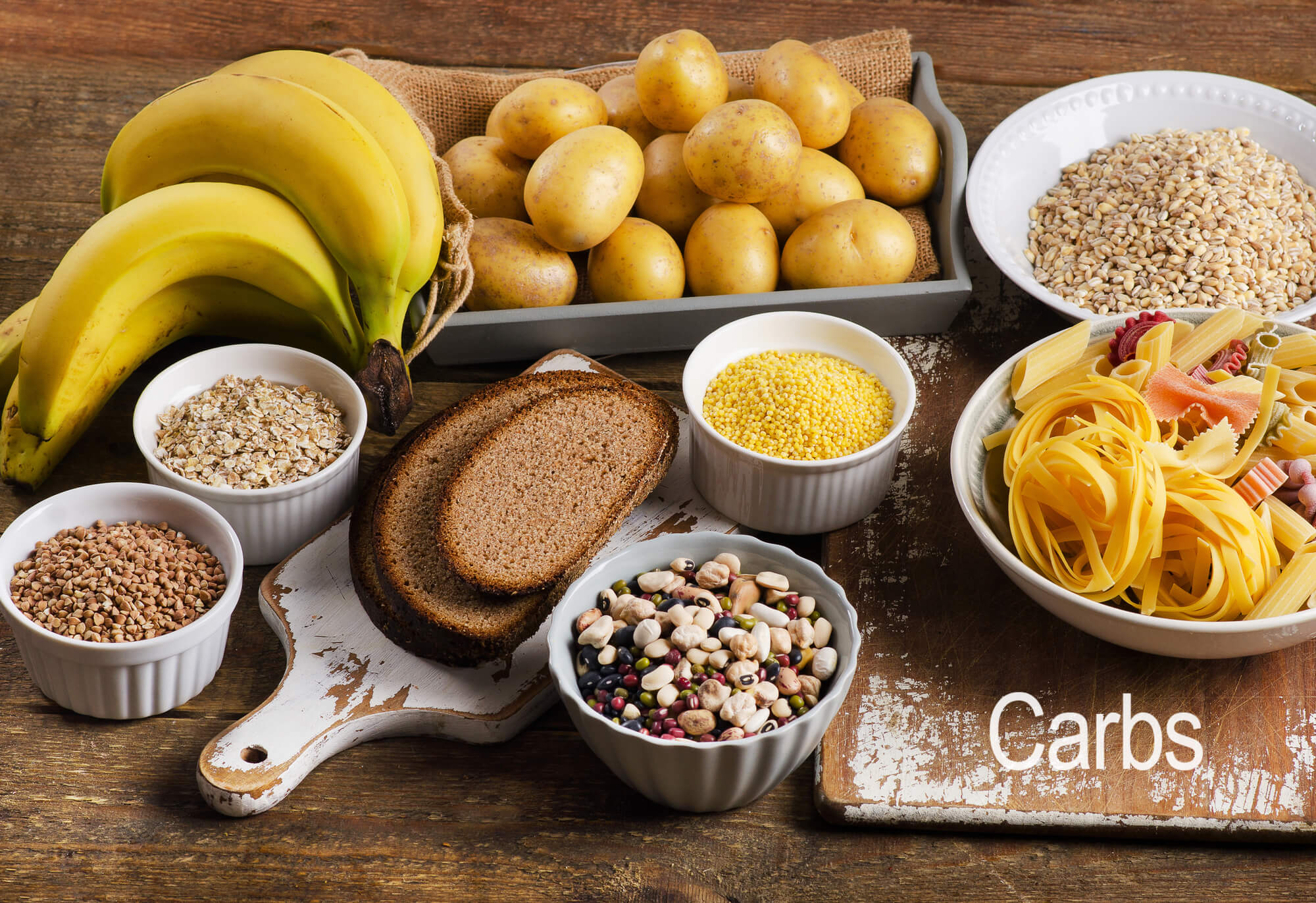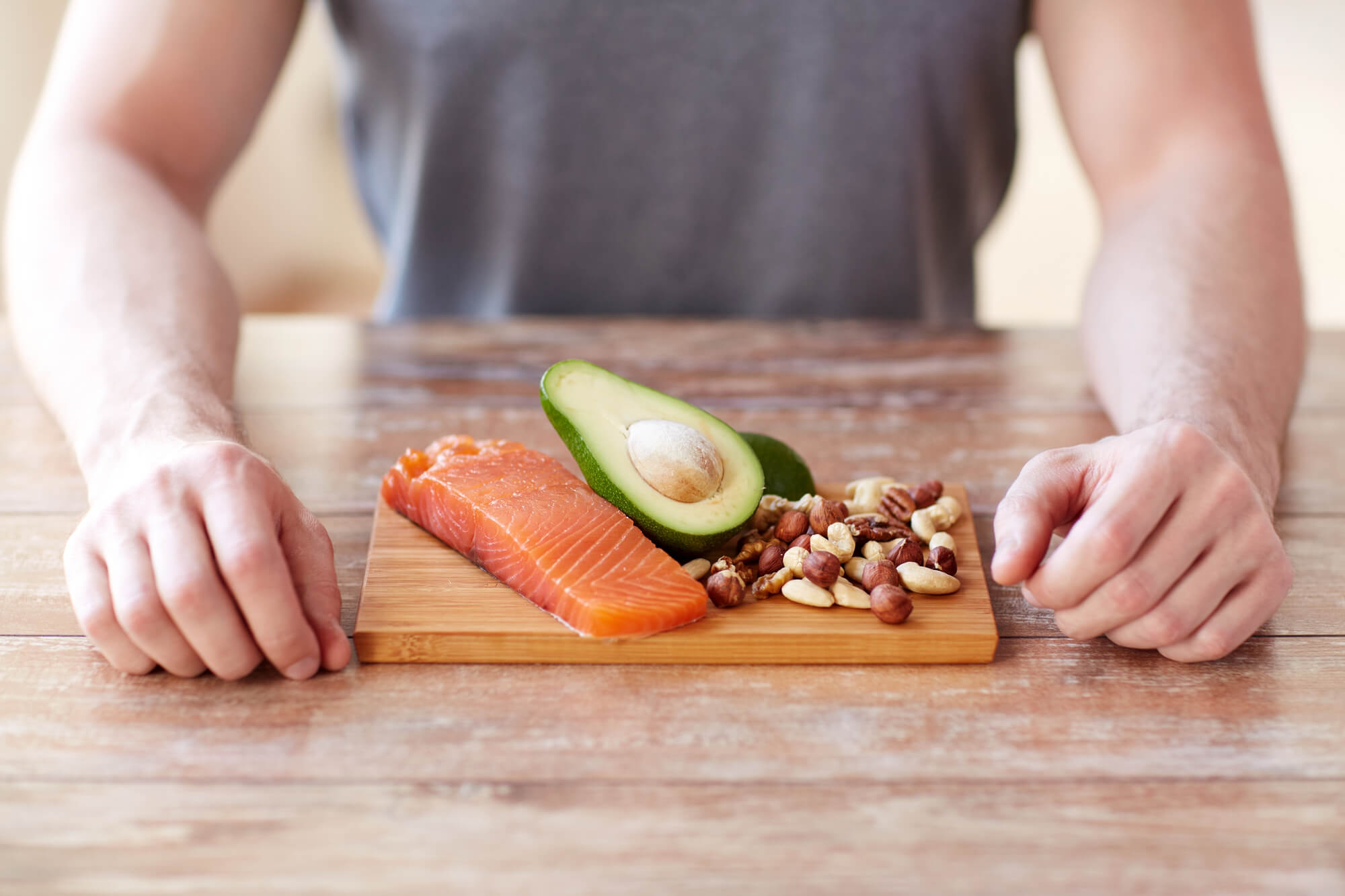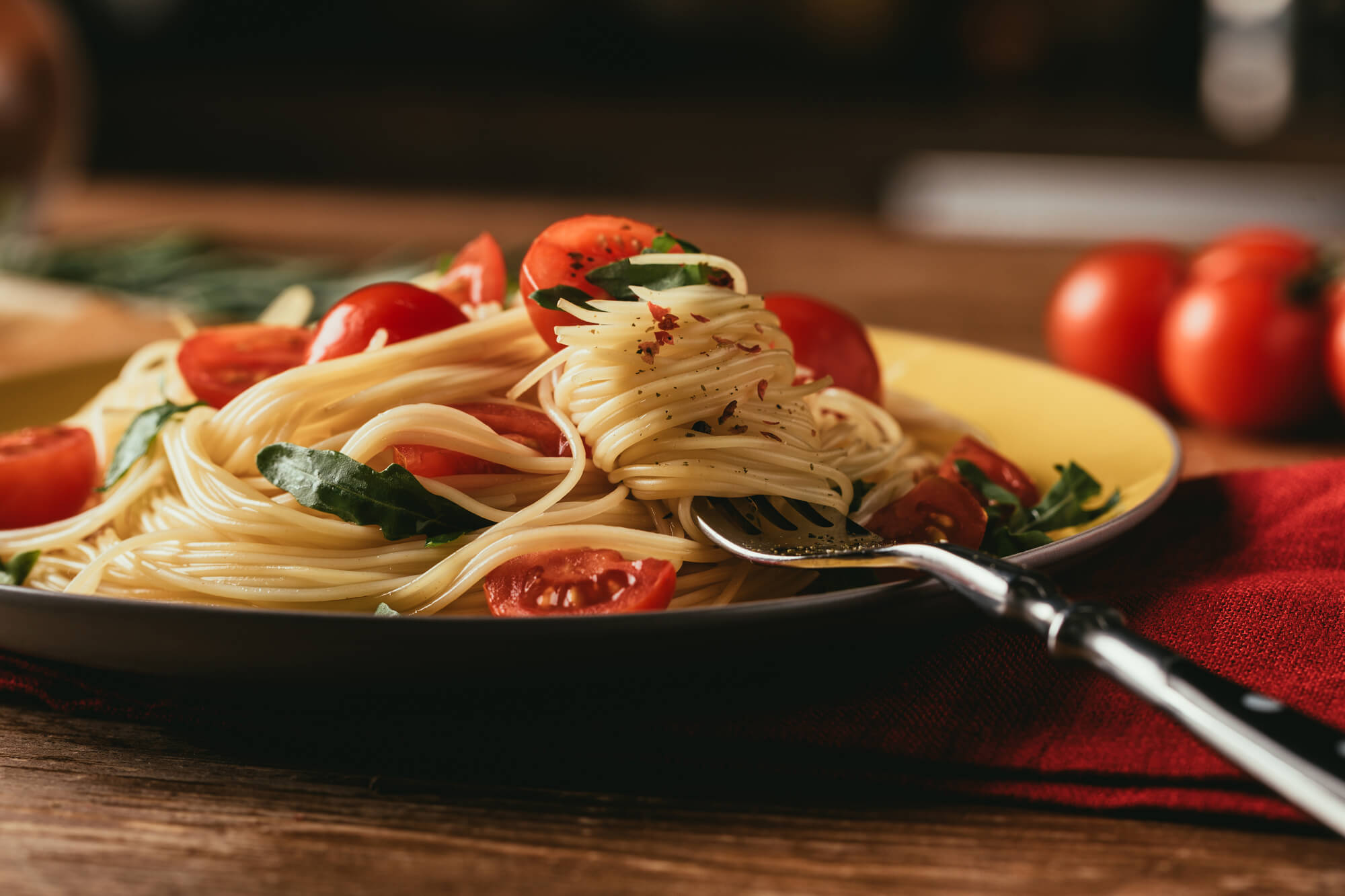You might be joining a marathon soon and decide to look at expert runners for guidance. Have you noticed how much pasta they eat before their long-distance run?
This might keep you wondering, “Why do runners eat pasta before a marathon?” Well, runners need all the energy they can get.
What better energy source to consume than carbs? Carb-loading is popular among most marathon runners.
The savory Italian dish provides these runners with a large intake of carbs to fuel them for their long-running pathway.
Stick around to learn more about why runners eat pasta before a marathon.
What is Carb-Loading?
Before we talk about the reasons behind why do runners eat pasta before a marathon, let’s understand carb-loading.
When there are only days left to a marathon, runners usually tread back on their training and focus on their meals.
They start to eat more carbohydrate-rich foods as a part of their “training diet.” This diet can include a range of the meals below.
- Peanut Butter
- Bread
- Honey
- Pasta
- Rice
- Oats
- Banana
- Cereal
- Tortillas
- Low-Fat Yogurt
- Low-Fat Milk
- Legumes
- Potatoes
- Corn
- Muffins
Why Do Runners Eat Pasta Before a Marathon And Carb-Load?
Now, when carbs are consumed, your body converts them to energy units known as glycogen. This component can be found in your muscles and liver.
The idea behind carb-loading is to increase the glycogen storage in your muscles to provide you with extra energy.

Runners typically cut back on exercising to avoid burning the glycogen off before a marathon. Overall, carb-loading has proven its efficacy, particularly in endurance training.
According to research, a carb-rich diet can enhance your performance by about two to three percent.
Why Carb-Loading Can Be Bad
There are certain risks involved with a carb-loading diet plan. That’s why you should always try to consult a nutritionist or dietitian before carb-loading.
This is especially true if you have diabetes and other health complications. Some of the negative side effects of carb-loading may include:
Indigestion
Some high-carb foods are also high in fibers. Excess fibers may lead to bloating and indigestion.
The high-fiber content can be usually found in legumes, broccoli, and whole-wheat foods. If you avoid these, you’ll be less likely to crouch over in gas discomfort.
Unstable Blood Sugar Levels
Have you once eaten a big sandwich and felt sluggish afterward? This is usually a sign of a spike in blood sugar levels.
In response to the high sugar in the blood, your body dispenses insulin. This is an attempt to neutralize your blood sugar levels, but instead, it could lower your blood sugar more than normal.
This reaction is referred to as ‘reactive hypoglycemia.’ The process might be more felt if you eat simple or refined carbohydrates.
This kind of carb contains high levels of glucose content, which makes the body release more insulin. This will lead you to feel drowsy and lethargic.
Simple carbohydrate foods can be found in dairy products, fruits, sugar-rich foods, and soft drinks.
Gaining Weight
Carb-loading can also put you at risk of weight gain. That doesn’t necessarily mean it’s a permanent or visible weight gain.
You can gain approximately one to three pounds, but it’s not fat. Whenever you eat carbs, your body stores the converted glycogen in your muscles.
With every ounce of glycogen stored, three ounces of water follow. That being so, the weight gain is mainly caused by stored carbs and water.
There’s not much to worry about in this case. Running a long-distance marathon usually cuts down your body’s glycogen storage in the muscles.
So, you’ll eventually lose all the weight gained in the end.
What Happens if You Don’t Carb-Load?
If you didn’t get enough carbs before the big day, then your body will likely run on fats rather than glycogen.
While that sounds great for weight loss, your body will likely get tired more quickly. Fat as fuel is less efficient in endurance training.

Your body usually burns fat in more strenuous exercises like Pilates and strength training. When it comes to running, just stick to the carbs.
Why Do Runners Eat Pasta: Pasta Nutritional Value
How much pasta should you eat to carb-load? Well, for every pound of your body weight, you’ll want to eat 3.6 to 5.5 grams of carbs.
If you weigh around 170 pounds, then you’ll need around 612 to 935 grams of carbs. Now, one cup of pasta has around 38 grams of carbohydrates.
That’s a lot of pasta to catch up on. You might want to consider eating unenriched pasta, rather than whole wheat ones to avoid too much fiber.
Plus, the unenriched kind has more carb content. That being said, if you’re only eating pasta to carb-load, you would need to eat about 16 cups.
You can space them out a week before the marathon for best results and avoid a blood sugar spike.
How Can You Carb-Load
There isn’t just one method for carb-loading. You can choose from several types. Check out each one below.
One Day
This type of carb-loading is probably the most extreme of all. You can try it out if you’re a beginner.
All you have to do is just stop exercising one day before the marathon and eat as many carbs as you can. Try to keep the ratio at 4.5 grams for every pound of body weight.
Three Days
You’ll have to plan three days ahead for this carb-loading routine. This is a more extended version of the one-day diet.
During the three days, halt all exercising and eat the same amount of carbs as the one-day plan.
Classic Three Days
The classic three days carb-loading plan is one of the most commonly used among runners. Like the previous three-day plan, you’ll want to gradually increase your carb intake.
You want to conserve the glycogen levels stored in your muscles. That’s why you can lower your exercise intensity levels by about 50%.
To compensate for all the glycogen storage, try to remain hydrated by drinking at least three liters of water.
Six Days
In this version of carb-loading, you’ll need to plan six days ahead. During the initial three days, your diet should consist of 50% carbs.
The last three days should accumulate around 70% of carbs from total calorie intake. From day one to three, you should moderately exercise.
Meanwhile, on the last days, try to restrict exercise to only about 20 minutes per day, or better yet, avoid training altogether.
Classic Six Days
This method is different from all the others because it starts with a low carb intake. You’ll only want to consume 15% carbs from your total calorie intake in the first three days.
Additionally, you’ll also exercise or train as you normally would. On days four to six, that’s when you’ll shock your body with a 70% carb intake.
On day four, you’ll want to decrease the endurance level in your exercises. In the following days, you’ll just quit exercising.

Avoid These Mistakes While Carb-Loading
Carb-loading can be difficult to follow through with, especially without proper guidance from a nutritionist.
Here are some common mistakes you might fall into when carb-loading and how you can avoid each one.
Unnecessary Carb-Loading
Before you begin your pasta party, you should first know when it’s necessary to carb-load. In most cases, carb-loading is best done for endurance training lasting longer than 90 minutes.
If you decide to unnecessarily carb-load, then you’re only risking weight gain, high blood sugar levels, and bloating.
If you’re only going on regular runs, then you might not need to eat that much pasta. The same goes for strength training and non-endurance exercises.
Excess Fat in Diet
You’re already consuming a lot of carbs, if you eat too much fat, then you’ll put on more pounds of body weight.
When making your pasta, avoid drizzling too much oil. We also advise laying off the mac and cheese.
While some cheesy sauces are high in carbs, you can’t avoid the fat intake as well. You should also try to steer clear of pesto sauce since the nuts in it have a high-fat content.
Excess Fiber in Diet
Fiber may add high nutritional value, eating too much of it can potentially cause excess gas and stomach discomfort.
Make sure you avoid whole wheat pasta as well as fibrous sauce ingredients such as peas, beans, and mushrooms.
Instead, you can opt for low fiber options such as adding lean proteins, canned or cooked vegetables, and tomato sauce.
You can also make a low-fat bechamel sauce made of flour, low-fat milk, and some nutmeg.
Too Much Exercise
The main purpose of carb-loading is to store glycogen in your muscles. If you exercise, you’re basically emptying the fuel tank.
Keep the exercising to a minimum to save up those energy units for the big marathon day. Anything extra training you do in the last few “taper” days won’t make much of a difference during the run.
Trying New Foods
Everyone has had pasta at some point in their lives. That’s what makes it the perfect candidate for carb-loading.
If you choose to eat new foods, then it could potentially cause indigestion. With pasta, you just want to make sure you’re using a familiar sauce and protein choice.
We recommend not adding too much spice to your sauce, if you’re not used to it, to avoid an upset stomach and gassiness.
Eating Too Much or Too Little Carbs
You can easily lose track of how much carbs you’re eating when carb-loading. If you eat too little, then you might struggle during the last few miles of the marathon.
On the other hand, too many carbs will just result in excess body weight. To make things more organized, you can always keep or download a food journal with you to keep track of how much carbs you’ve consumed daily.
To Conclude
One of the easiest and most common forms of carb available is pasta. You can make new pasta recipes every day that will keep you from getting bored of eating the same meal.
After all, who doesn’t enjoy a tasty plate of spaghetti with meatballs? Or a classic chicken penne?
Why do runners eat pasta before a marathon? Well, they need to stock up on glycogen by carb-loading to fuel their much-needed energy.

